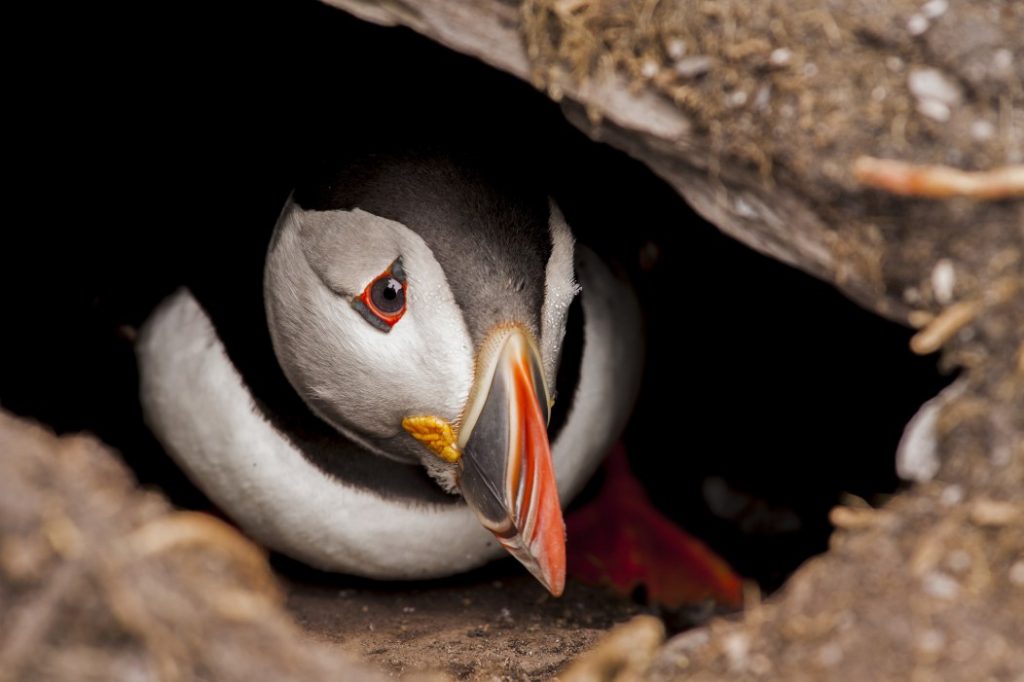Seabird species such as Puffins largely unprotected in Irish waters

June 27th, 2018
Irish and British waters pose some of the most significant threat to the world’s endangered seabird populations, a new study has found.
A team of researchers from University College Cork’s (UCC) School of Biological, Earth and Environmental Science, and the Environmental Research Institute (ERI) have discovered that various seabird species, such as Fulmars and Puffins, are mainly unprotected in Irish and British waters.
Fulmars and Puffins are large far-ranging marine birds that customarily fly out from their nesting locations along the west coast of Ireland to feed in the open sea.
Although human activity is restricted in the open sea’s Marine Protected Areas (MPA), seabirds are still vulnerable as those areas do not cover the birds’ feeding locations, making marine birds susceptible to threats imposed by human activities, the study reveals.
“Our shores are home to over 80 per cent of the European population of Manx shearwaters, but just 10 per cent of these birds are covered by protected areas when feeding at sea,” Emma Critchley, the study’s lead researcher said.
“The Atlantic puffin is one of our most endangered species however only 20 per cent of the population at sea is covered by marine protected areas,” Ms Critchley added.

Puffin on Skellig Michael Photo: Niall Sargent
The extinction of marine species by human activity continues to accelerate around the world. In Ireland, the number of seabirds and migratory water-fowls has dramatically declined.
The disappearance of the country’s iconic birds such as the Barn Owls and the Curlew is also increasing, with one-in-eight birds now facing the threat of extinction.
Fishing nets and other means of fishing, various sea contamination such as plastic pollution and oil spills as well as shipping lanes are some of the threats that breeding seabird colonies in unprotected open waters are facing.
The researchers suggested that their method of mapping seabirds’ nesting locations to gauge the conservation protection rates of feeding seabirds could be globally utilised in future planning for seabirds in unprotected areas.
MPAs are any area of intertidal or subtidal terrain, together with its associated flora, fauna and cultural features, which is protected by law. They include marine reserves, fully protected marine areas, and marine parks.
Ireland has an international target to have 10 per cent of its marine area protected by 2020, and 30 per cent by 2030 under the EU’s Marine Strategy Framework Directive.
However, only 2.3 per cent of our seas is currently designated under MPAs, one of the lowest percentages in Europe.
The Seanad recently passed a motion calling for the Government to protect half of Ireland’s seas and oceans with community-driven MPAs.
[x_author title=”About the Author”]







